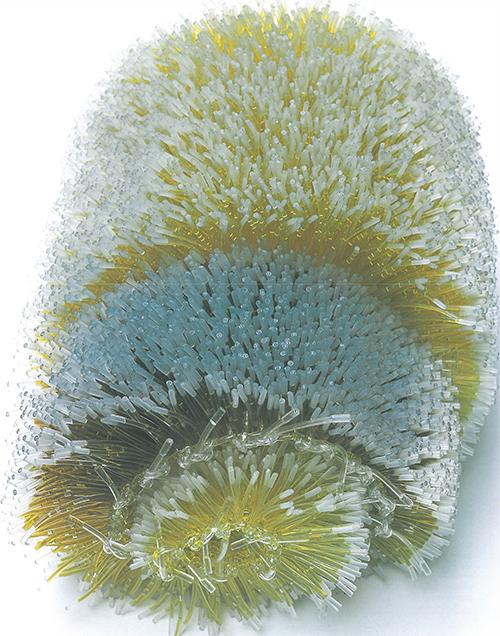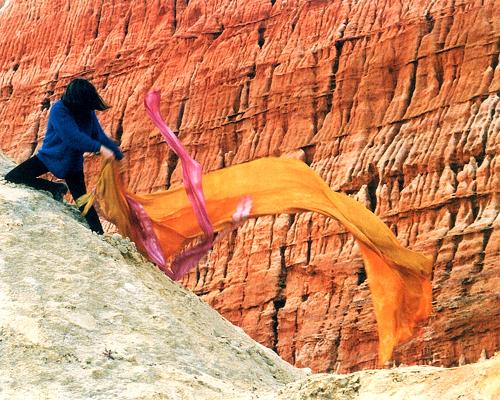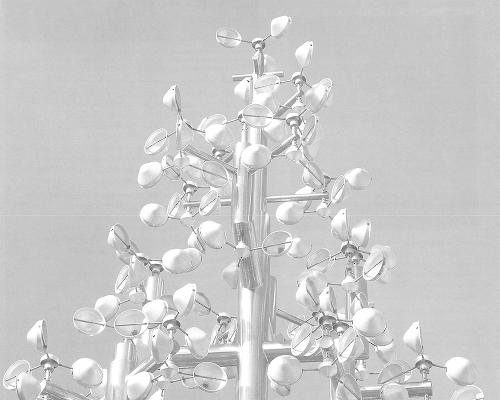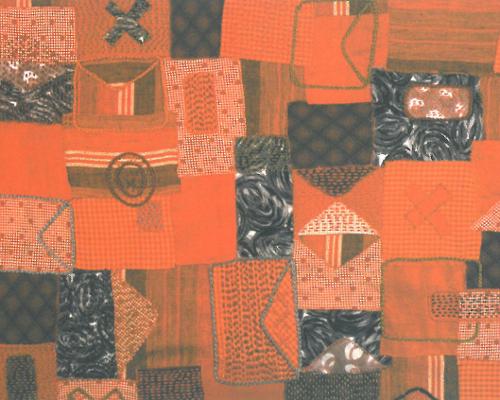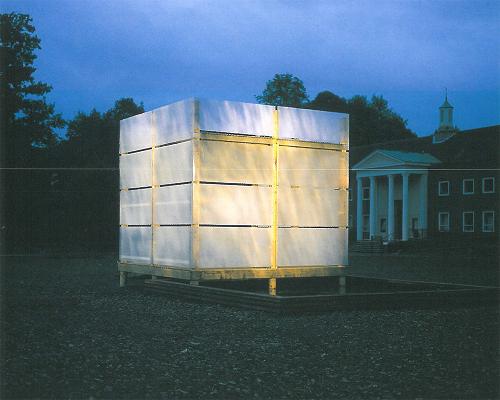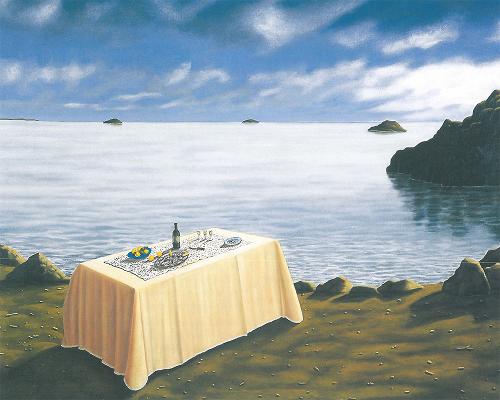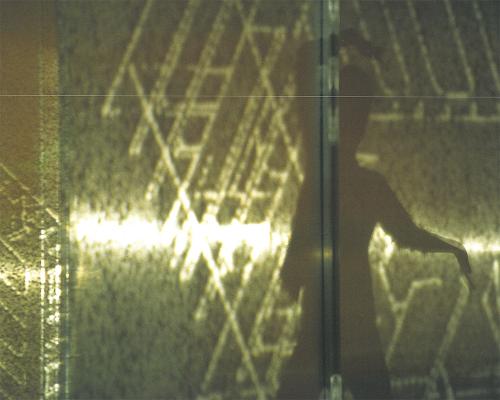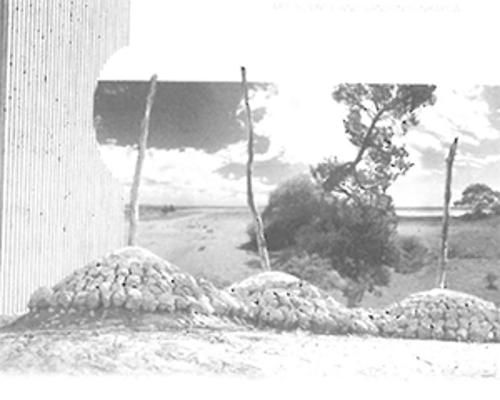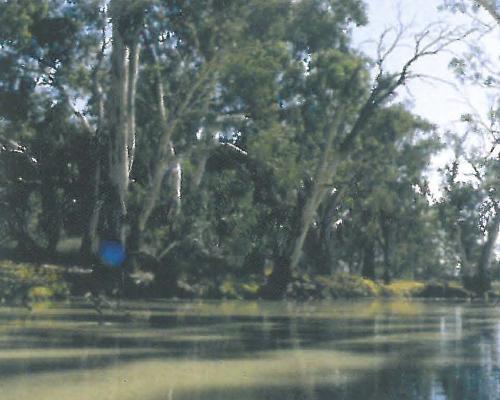The Waterworks Project
Culturally, spiritually, intellectually, water runs through our lives creating and suggesting connection and renewal. All life depends on water. Like those European explorers who encountered this land so recently, the artists who worked on the Waterworks project searched to make sense of the many manifestations and meanings that water has. It is no real surprise that survival was the thread that connected most of the thinking of the artists. The project saw the work of artists Cameron Robbins, Malcolm McKinnon, Lisa Philip-Harbutt, Jo Crawford, James Darling, Catherine Truman, Graeme Hopkins, Jonathon Novick and Elena Gallegos.
